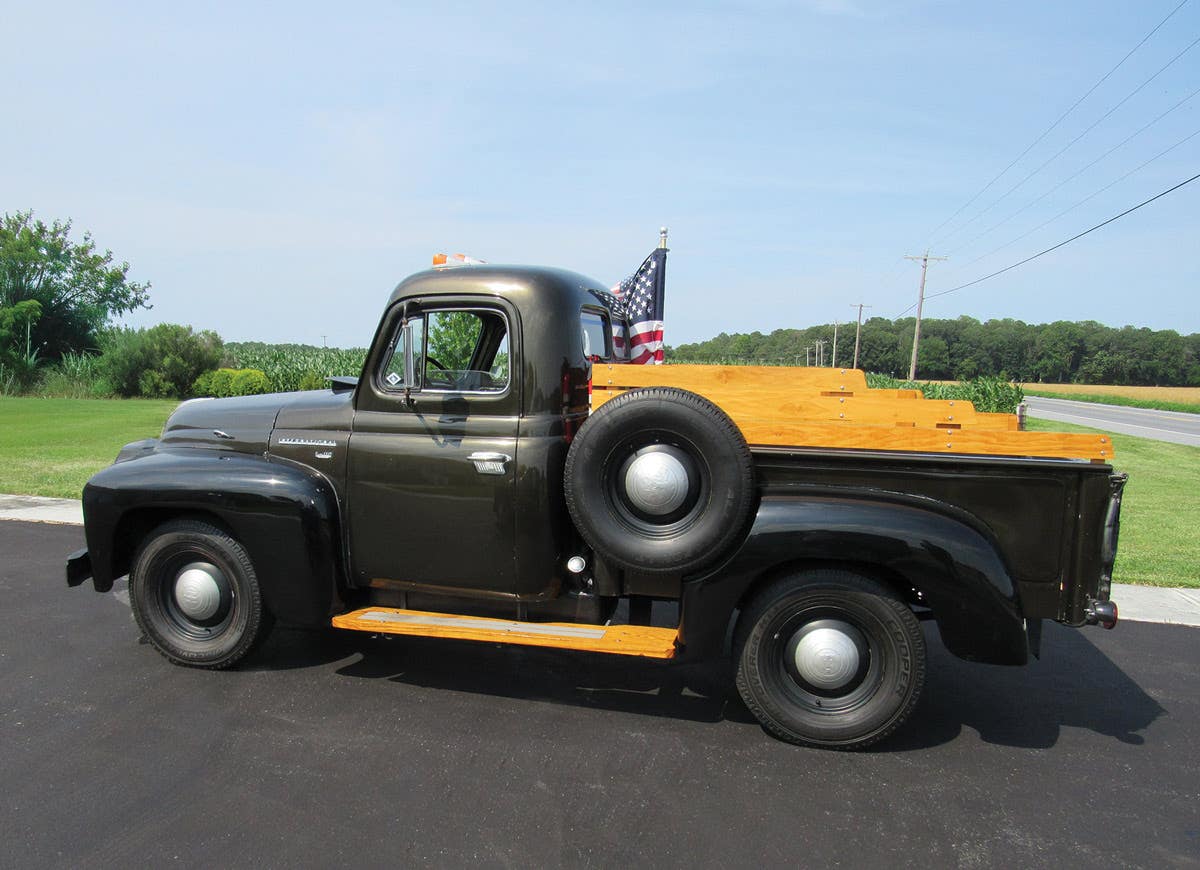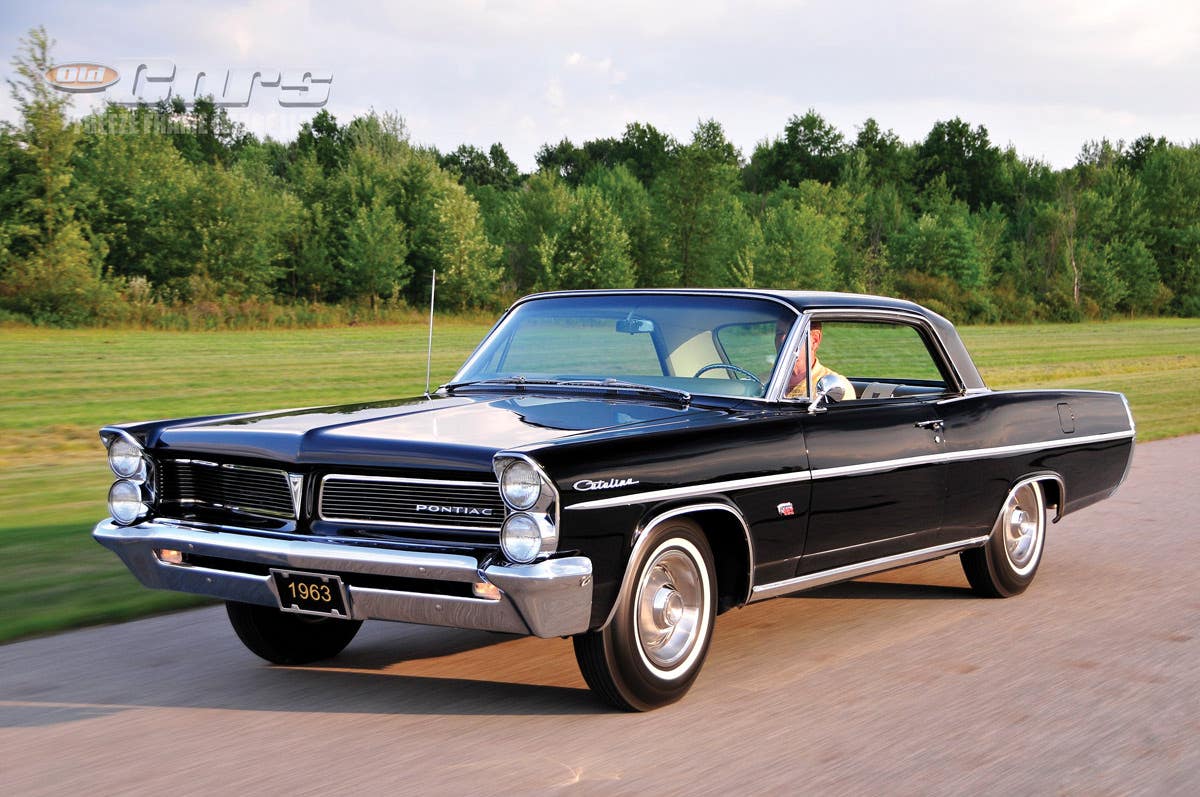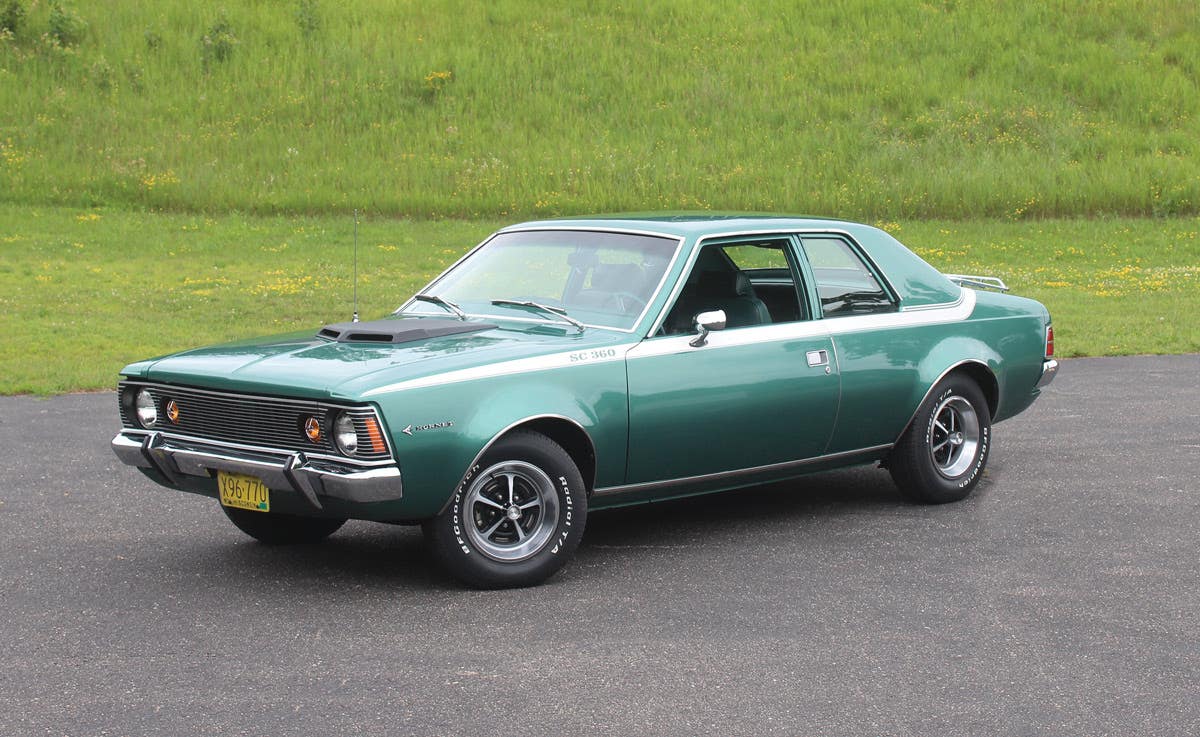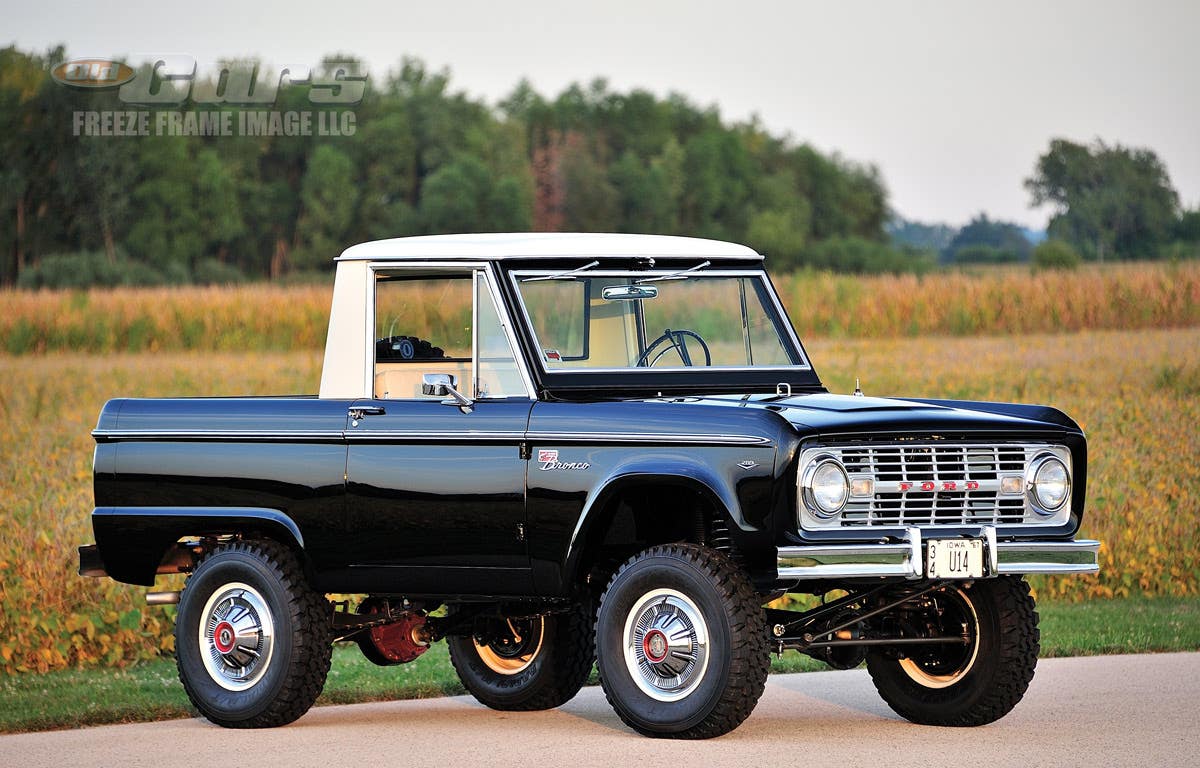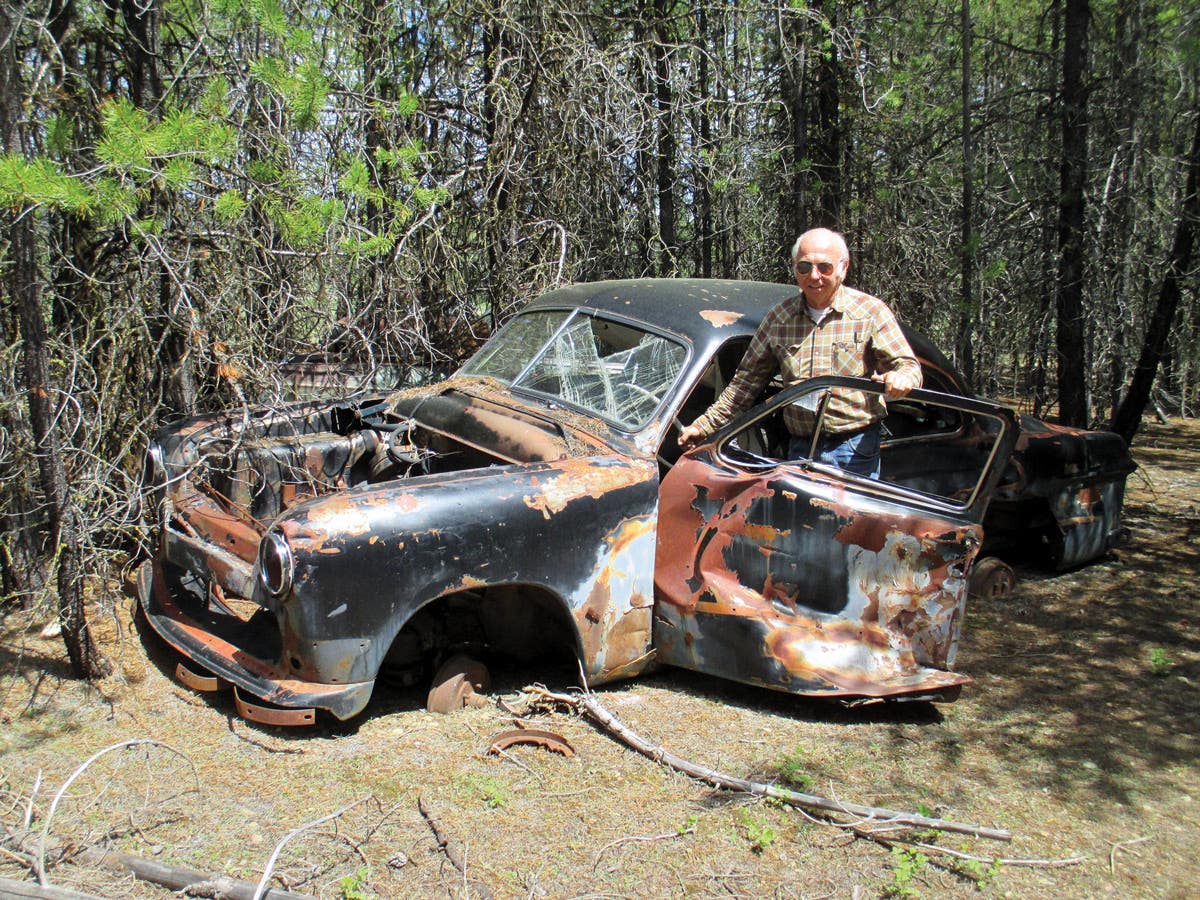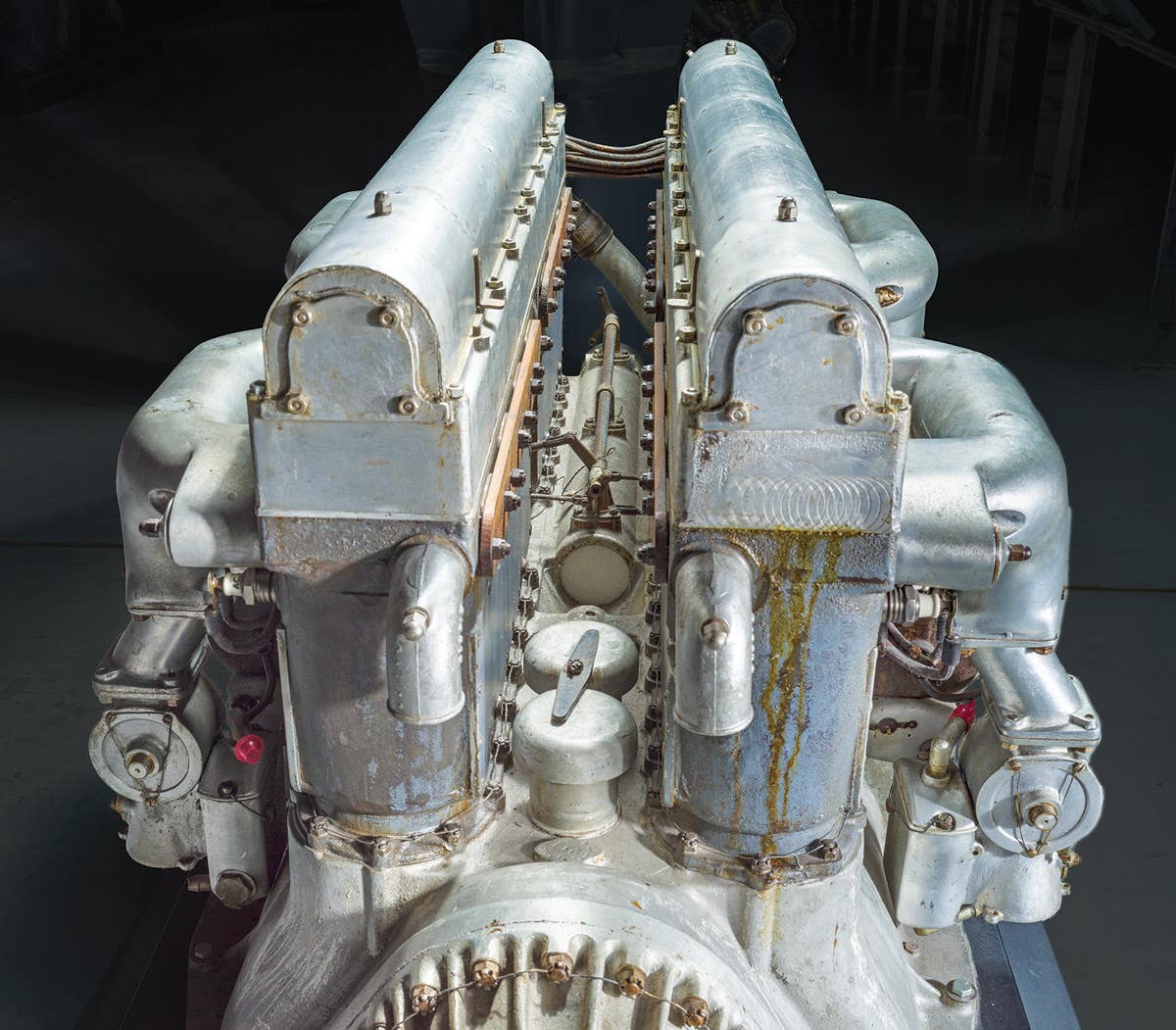Car of the Week: 1967 Plymouth Barracuda convertible
One man who somehow turns daily drivers into collectible keepsakes. The story behind a stunning 1967 Plymouth Barracuda convertible.
Stuart Suede says he has a habit of turning his “daily driver” cars into keeper collector vehicles. He’s done it several times over the course of the last three of four decades.
When he picked up a 1967 Plymouth Barracuda convertible back in the 1980s on what was a bit of an impulse buy at the time, it really wasn’t a tough decision to hang onto the handsome droptop. Ironically, the car that he once drove almost every day is now so nice that he almost hates to take it out in the Southern California elements.
“I have to be careful with that car because the sun fades the interior really quickly,” says the resident of Alhambra, Calif., of his gold-colored beauty. “It’s just the nature of the color. So I’m going to drive it infrequently, but if I do have it out it will be at night so the sun doesn’t fade the color.” The car’s gorgeous Medium Metallic Copper exterior is one of many reasons the Barracuda is a real show-stopper these days. Barracuda convertibles were pretty high on the cool meter back in ’67, and concours-quality specimens like Suede’s are certainly attention getters and worthy of all the pampering he gives it.
The lovely Plymouth has certainly come full circle since Suede brought it home back in 1987. At the time, he bought the car in large part because it was a bit of a bargain. Once he tore into it and decided to start really taking stock of the Barracuda’s condition, however, he made the decision to break out his checkbook and go all the way.
“I’ve always been into MoPars. Before that I purchased a ’66 Charger … and I was looking for a ’70 or ’71 'Cuda or Challenger convertible. That’s what I really wanted, however, even then they were like twice as much as this car,” Suede notes. “At that point I was just starting my career, and I didn’t have a lot of money to spare, but I really wanted a convertible. So I was looking at a newspaper here in Los Angeles, and I ran across this car, and I took it for a test drive and said, ‘Well, I may be interested, but I want to go to a swap meet to see if there is anything else.' So I went out a swap meet and saw the E body convertibles. I found another one that was in worse shape than this one and he was asking twice as much, so I went back and bought this one. And in retrospect I’m glad I did because the E body convertibles are very common, but not one of these… I knew that the car had to be properly restored. It had some patches on it that had been done and you could see the change in colors between one panel and another. I just felt it required a whole restoration, so I used some inheritance money to basically restore the car. It’s been done right.”
A VALIANT EFFORT
Magazines of the era compared the sexy styling of the Gen II Barracuda to that of the classic Buick Riviera. In December 1966, Car Life said, “The game is pony car poker and Plymouth raises one—who’ll call?”
Plymouth’s sports compact really came of age for 1967. It was no longer just a fastback version of the Valiant. It was now a separate sub-make. It grew to three distinct models, including a much smoother looking fastback two-door hardtop, a uniquely styled notchback two-door hardtop and a convertible.
It officially bowed on November 26, 1966, about two months after the rest of the 1967 Plymouth lineup. In so doing it avoided being buried by the hoopla surrounding two other new sports compacts introduced in early fall, the Chevrolet Camaro and Mercury Cougar.
Barracuda basics were still Valiant-related, like a longer 108-inch wheelbase, but the relationship was far less apparent from the outside package. Curved side glass, mostly its own body panels and unique rooflines, plus a 4.4-inch greater overall length (192.8 inches) all added to the impression of the Barracuda as its own car line.
The fastback (sports) hardtop continued the interior with fold-down rear seats and access to the trunk area. The new notchback hardtop featured a small greenhouse area with a concave rear window. It looked a little like the 1960-’64 Corvair coupes. The notchback did serve as a basis for the convertible, which came out a few weeks later than the hardtops. It featured a glass rear window and power top. A split grille with directional and parking lights inside added to the Barracuda’s sporty flair.
Power plants were the same used in the earlier models, with one big exception—for the first time you could get a production B-block V-8 in a Barracuda. This was the 383-cid engine, which came with a Carter four-barrel carburetor and a 10:1 compression ratio. It was advertised at 280 hp.
One way to assure that all the right stuff showed up when you ordered your Barracuda was to order the Formula S package. Just as on the earlier Barracudas, it included the Commando 273 engine, wide oval 14-inch tires, heavy-duty suspension, anti-sway bar and appropriate S badges. Actually, there were two Formula S options for 1967, the second coming on stream a bit later and including the 383—the only way you were supposed to be able to get it.
Base prices for V-8-powered Barracudas were competitive with the fastback at $2,270, notchback at $2,530 and convertible at $2,860. The buying public responded, calling for a production run of 62,534 (30,110 fastbacks, 28,196 notchbacks and 4,228 convertibles). It was the most popular Barracuda model year ever. Only the restyled 1970 models would come close (55,499).
THE WINDING ROAD BACK
Suede says there were some missing chapters in the car’s history until he happened to start chatting with a fellow customer at a tire center in Long Beach a while back. The conversation helped him fill in some interesting blanks.
“I was there getting tires for an '83 Imperial, and there was a guy who was there who was getting tires for, like, a '64 Fairlane GT … And so I started talking to him and he mentioned that he also had a Mustang Shelby convertible. I said, ‘Oh that’s kind of interesting, I have a ’67 Barracuda convertible.’ He says, Oh, my step-dad had one and he sold it just before I was able to get my drivers license and I was really [ticked] off at him. And that car was dark metallic brown with a white top and a copper interior. And I thought, ‘Whoa, wait a minute here … So I started going through the paperwork and sure enough it was the same car! His step-dad was in LAPD and I bought it from someone who was LAPD. Sure enough, it was the same car. He had sold it to a fellow LAPD officer, and then I got it. How ironic is that? Just unbelievable. The original owner was an elderly couple that did not drive it very much and eventually got too old and decided to sell it. It was sold I believe to that stepfather and they got into a really bad accident and they Bond-O’d the hell out of the left quarter panel and eventually decided to sell it to the LAPD officer. So I am the fourth owner of the vehicle."
The restoration turned out to be a very lengthy process. Suede did almost all the tear-down and reassembly himself, while farming out the paint and bodywork, and all the engine and transmission rebuilding work. "The bodywork alone took 17 months to complete," he says. He finally got the engine to a reputable shop about five years ago to help sort things out and figure out a manifold issue. He credits all the down time and quarantining from the past year for finally giving him the time and ambition to get the car back together. Suede insists one of the best decisions he made during the entire process was opting to paint the car its original color.
“When I bought the car it was a dark metallic brown with a copper interior and a white top… I had a different friend who said, ‘I don’t think this color is original. I wonder what color the car was.’ so he pulled up the weather stripping in the trunk and he said, ‘Stu I know this color. It is absolutely a fantastic color. You need to paint this car back to its original color. ‘I was a little hesitant, but then I went to a Chrysler show and saw a ’67 Dart GT in this color with a copper interior and a black vinyl top and said, ‘That looks sharp!’ It originally had a white top, but I decided it had to go with a black top. I just didn’t think it looked right with a white top.
The convertible still carries its original 273-cid V-8 with a two-barrel carburetor and automatic transmission. It’s equipped with power steering and brakes, woodgrain dash and door panels, bucket seats with console, and 150-mph speedometer. "Over the decades I found some unique options, like AM/FM monaural radio, headrests [a one-year-only design], Plymouth mag-type wheel covers and side door sills,” Suede noted.
Now that he’s got the car back on the road, Suede plans to show it off as much as possible. He doesn’t plan to rack up a lot of miles on the Barracuda — in large part because he has 10 other cars in his fleet — but he expects the car will make plenty of show appearances, including the San Marino Concours d’Elegance this August.
He will no doubt be wearing a sizable grin seeing his former daily driver sharing a show field with blue-chip Ferraris, Porsches and the like. With the top down, of course.
“In my entire childhood the family never had a convertible. I can only remember my uncle having a convertible and I thought that was a very unique experience. So here I am driving age and when my friend was driving his convertible I loved the feeling of being outdoors and the wind hitting your face and I said, ‘I’ve got to get a convertible.’ “I’ve got quite a few cars and I’ve had other convertibles. This is just such a good-looking car and such a great cruising car. It deserved to be done right."
SHOW US YOUR WHEELS!
If you’ve got an old car you love, we want to hear about it. Email us at oldcars@aimmedia.com
*As an Amazon Associate, Old Cars earns from qualifying purchases.



